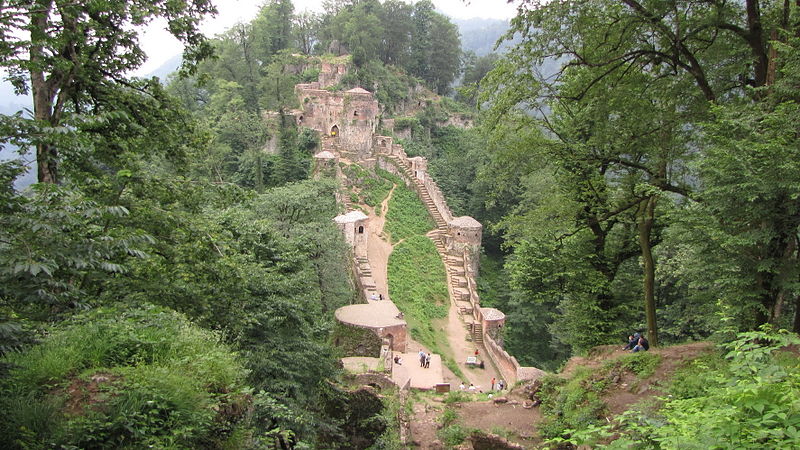
With an area of 14,711 square km, Gilan province encompasses 0.9% of Iran’s total area and therefore, it ranks 26 among the country’s provinces in terms of total area. Gilān is constituted of three geographical areas: plains, foothills, and mountains. Tālesh, Khalkhāl and Deylaman mountains are the three mountain ranges that encompass the Gilän province. There are more than 40 rivers in Gilān Province and Sefid-Roud River is the most important one. Rainfall is heavis all is heaviest between September and December because the onshore winds from the Siberian High are strongest, but it occurs throughout the year though least abundantly from April to July. Humidity is very high because of the marshy character of the coastal plains and can reach 90 percent in summer for wet bulb temperatures of over 26 °C.
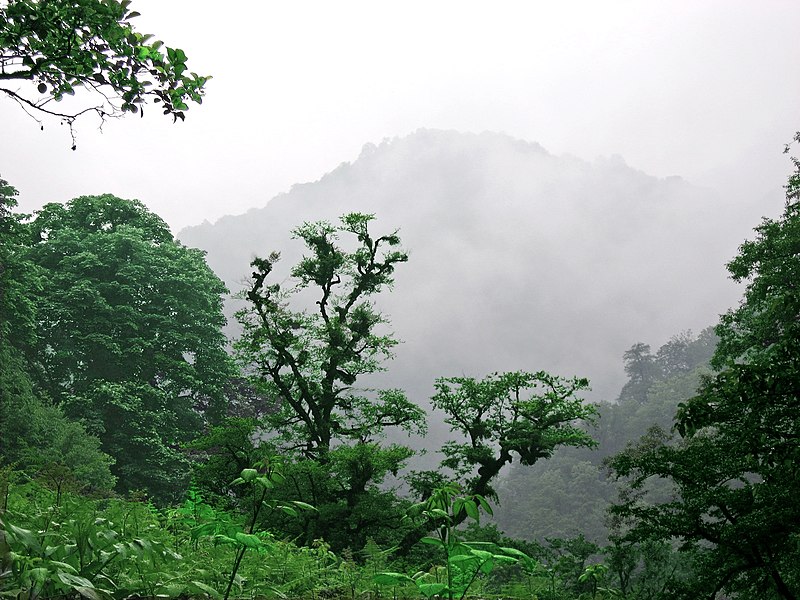
That the native inhabitants of Gilan have originating roots in the Caucasus is supported by genetics and language, as Gilaks are genetically closer to ethnic peoples of the Caucasus (such as the Georgians) than they are other ethnic groups in Iran. Their languages shares typologic features with Caucasian languages. The city used to be the origin of the Buyid dynasty. The people of the province had a prominent position during the Sassanid dynasty, so that their political power extended to Mesopotamia.
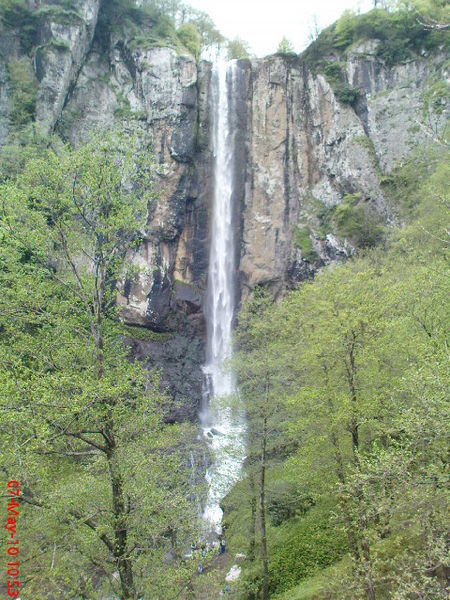
The first recorded encounter between Gilänis and Deylamite warlords and invading Muslim Arab armies was at the Battle of Jalula in 637 AD. Before the introduction of silk production Gilan was a poor province. There were no permanent trade routes linking Gilan to Persia. But small trade in smoked fish and wood products. It seems that the city of Qazvin was initially a fortress town again marauding bands of Deylamites, another sign that the economy of the province couldn’t support its population. This changed with the introduction of the silk worm in the late Middle Ages.The Safavid emperor, Shal Abbas1ended the rule of Khan Ahmad Khan of Gilan) and annexed the province directly to his empire. From this point onward, rulers of Gilan were appointed b After World War I. Gilan came to be ruled independently of the central goverment of Tehran and concern arose that the province might permanently parate. Before the war, Gilänis had played an imortant role in the Constitutional Revolution of Iran. Sepahdar-e Tonekāboni (Rashti) was a prominent figure in the early years of the revolution and was instrumental in defeating Mohammad Ali Shah Qajar. In the late 1910s, many Gilänis gathered under the leadership of Mirza Kuchik Khan who became the most prominent revolutionary leader in northern Iran in this period. Khan’s movement, known as the Jonbesh-e Jangal (Forest movement of Gilán), had sent an armed brigade to Tehran that helped depose the Qajar ruler Mohammad Ali Shah.
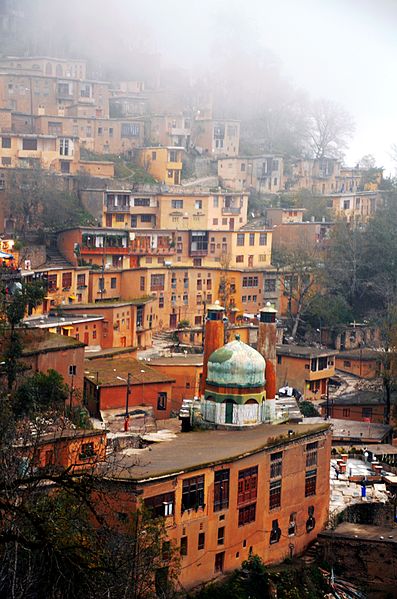
Five Iranian languages are spoken in Gilan Gilaki,Roudbāri, Täleshi, Tati and Kurdish. All belong to the northwestern branch of Iranian languages. Non-Iranian languages are mainly Azerbaijan i and to a greater extent Georgian, Armenian, Circassian, and some Gypsy (Romany). Three million people speak Gilaki as first or second language.
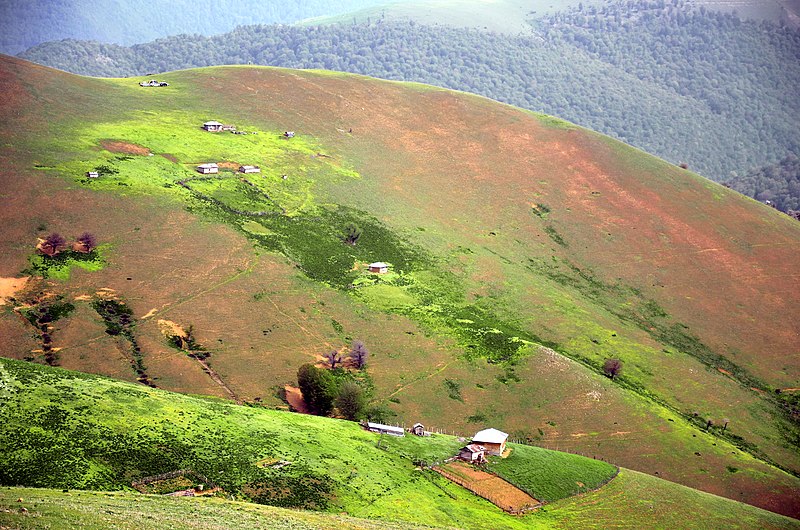
Gilan has a strong culinary tradition, from which several dishes have come to be adopted across Iran. This richness derives in part from the climate, which allows for a wide variety of fruit, vegetables and nuts to be grown in the province. Seafood is a particularly strong component of Giläni (and Mazandarani) cuisine. Sturgeon, often smoked or served as kebab, and caviar are delicacies along the whole Caspian littoral.y the Persian Shah.
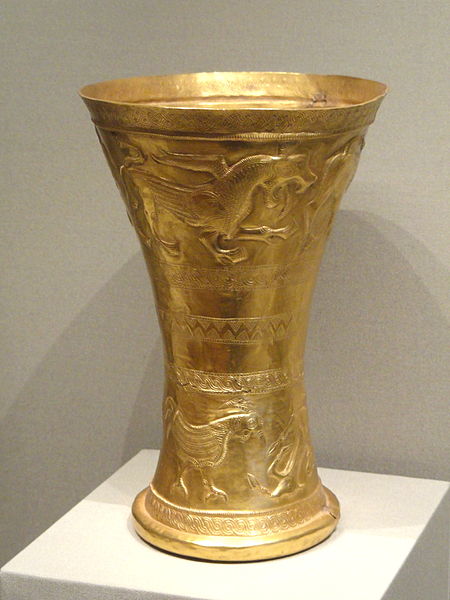
Reference: Cultural Heritage, Handicrafts & Tourism Organization of Iran, Iran Travel guide. Iran: 2018

